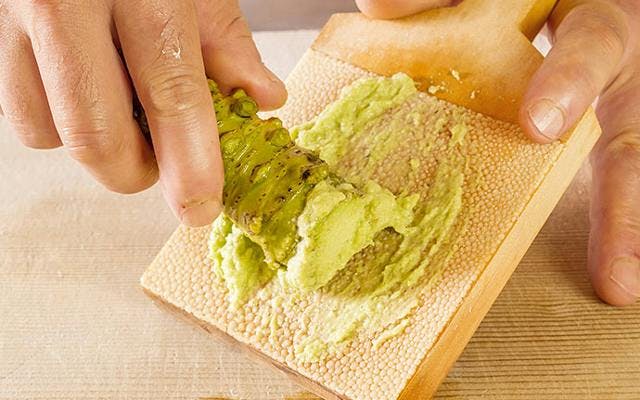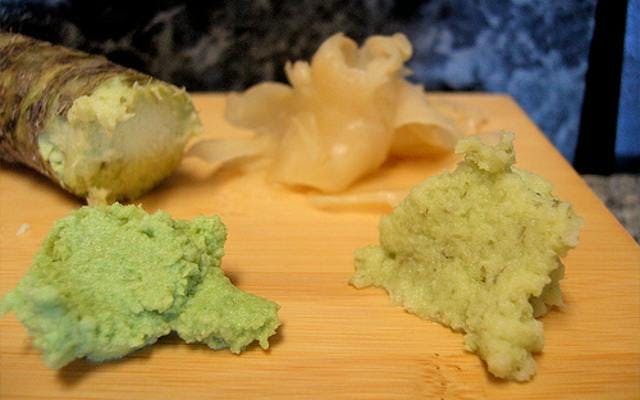
5 things you never knew about wasabi
They’re lean, green, sinus-clearing machines – and about to become your new favourite snack! Meet New York Delhi’s Very Important Peas, the tasty bites in March's Gin of the Month box, and learn more about the spicy green condiment that gives them their punch.
When it comes to finding amazing new flavours, leave it to the husband and wife team behind New York Delhi to show you the way. With a background in calibrating the finest flavouring, they’re on a mission to find the world’s best tastes – and their discoveries have been stocked in Fortnum & Mason, the Queen’s grocer.
According Nina Slattery, one half of the founding couple, “It’s all about being authentic, and not watering the flavours down. For example, there are a lot of wasabi peas out there. But a lot of them are artificial.”
The VIPeas in March's Gin of the Month box, on the other hand, are 100% natural, gluten-free and totally vegan-friendly – not to mention delicious.
“They’re gentle,” Nina says, “so don’t be scared of them. But it is a little like Russian Roulette – every once in a while you’ll get one that washes up the nose. The ingredients are second-to-none.”
But what is the fascinating green paste that gives these peas their incredible (and slightly addictive) spice? Here are five things you never knew about mysterious wasabi.
1. Wasabi is made from stems
The wasabi plant grows underwater, so a lot of people think that the spicy green paste we put on our sushi is the root of the plant. But in fact, it’s the stem – if you find fresh wasabi before it’s grated, you’ll even be able to see marks where the leaves fell off or were collected.
2. It loses its flavour – fast
Once wasabi is grated, it loses its flavour within 15 minutes if left uncovered. That’s why super-high-end sushi restaurants will wait to grate wasabi until your order is placed, and also why this green paste is spread between the fish and the rice in Japan, rather than left out and mixed with soy sauce, as we serve it here.
3. A lot of western wasabi isn’t even wasabi

That sinus-clearing tingle that makes wasabi so special? It’s shared by other members of the wasabi plant’s family, which includes horseradish and mustard. As wasabi is expensive and loses its flavour fast, it’s tempting for producers to swap the real thing for wasabi-a-likes. In fact, the Japanese word for horseradish translates to ‘Western wasabi’. VIPeas, on the other hand, contain the real deal.
4. It can grow right here in the UK
Wasabi plants need a wet, cool climate to grow – and for that reason they’re hard to find outside of Japan. But as demand boomed, other countries started exploring how they could cultivate this cash crop. These days, Japan imports wasabi from China, Taiwan and even New Zealand. Even the UK is in on the action – the Wasabi Company grows this crop alongside watercress on their Hampshire farm.
5. It’s said to prevent food poisoning
Once reserved for Japan’s elite, wasabi’s popularity grew as eating sushi eating became more widespread. The two go hand-in-hand, and for a good reason: not only do they taste delicious together, but wasabi is also said to have anti-microbial properties – which can come in handy when raw fish is on the menu!







